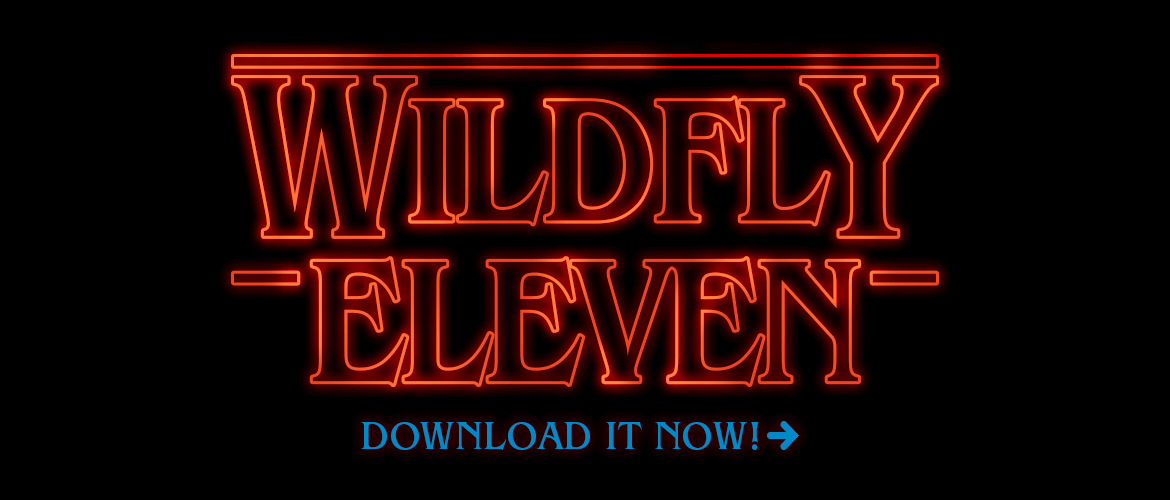The big news this week is...
WildFly 11 Final was released this week. As you would expect for a major WildFly release, it comes with many significant improvements. Including:
- Elytron - New Security Infrastructure. The biggest change in WildFly 11 is unification on a new common security framework across the full application server.
- Simplified EJB / Naming Proxies. JNDI and EJB invocation have both been simplified and enhanced in WildFly 11.
- Request oriented EJB/JNDI over HTTP.
- WildFly OpenSSL & HTTP/2. WildFly 11 now provides a JSSE provider that can offload TLS handling from the JVM’s internal implementation to an OpenSSL library on your system, typically improving TLS performance.
- New Load-Balancer Configs. In order to simplify the setup of WildFly as an HTTP load-balancer, there is an additional standalone-load-balancer.xml configuration in the distribution, which is an instance slimmed to just running the load balancing services.
- Graceful Shutdown/Startup Improvements. Distributed transactions are now handled by the graceful shutdown mechanism.
- Web Console Improvements. A number of Web Console improvements are included in WildFly 11, including the ability to see recent configuration changes, to manage active JMS transactions, manage active batch jobs, manage Undertow filters, and test data-sources during creation.
- Management and Configuration Improvements. WildFly 11 now supports remote managed exploded deployments, which allows remote management clients the ability to update content within the deployment, such as html and jsp files without requiring a full redeployment.
Read more here.
Microservices & Microprofile
It's been a busy week for Microservices content. Christian Posta continues his series on Low-risk Monolith to Microservice Evolution, which looks to be a great writeup for those planning a migration to a Microservices architecture. Ken Finnigan provides a step-by-step guide to setting up data streaming with WildFly Swarm and Apache Kafka. Cesar Saavedra continues his guide on setting up a MicroProfile-based microservice on OpenShift Container Platform. Finally, Heiko Rupp explains how to monitor an Eclipse MicroProfile 1.2 server with Prometheus. |  |
Other News
- Elvadas Nono provides a tutorial on building and consuming virtual Microdatabases with JBoss Data Virtualization.
- Eric Schabell continues his blog series on 10 Steps to Cloud Happiness. In this post he focuses on Centralising Business Logic.
- Vlad Mihalcea interviews Lukas Eder, a Java Champion, SQL aficionado, and data access framework developer.
- Claus Ibsen explains how to work with large messages using Apache Camel and ActiveMQ Artemis.

